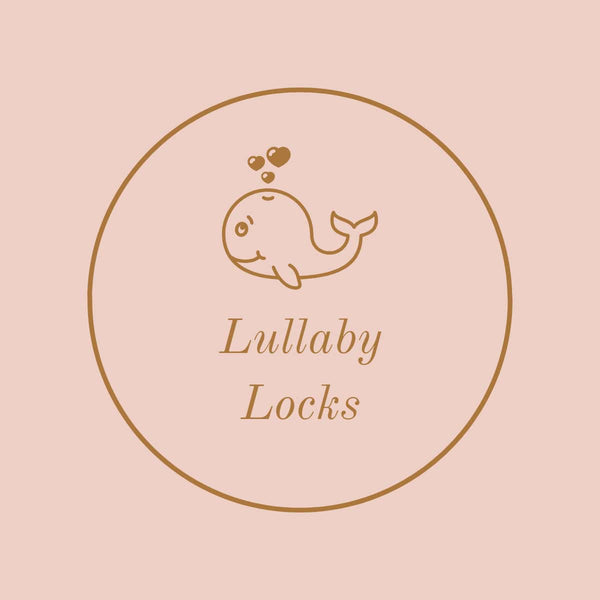From the moment your baby begins to explore the world, every texture they touch, every color they see, and every routine they follow becomes part of how they understand themselves and their surroundings. Dressing up your little one might seem like a fun daily ritual (and let’s be honest, those tiny outfits are irresistible!), but it’s also doing something deeper: shaping their sense of identity, safety, and self-expression.
Color: More Than Just Cute
Colors are one of the first ways babies engage with their environment. Bright, warm colors like red and yellow stimulate alertness and energy, while soft hues like pastels can have a calming effect. As children grow, they begin to express preferences, a little girl insisting on pink bows or a toddler who only wants the blue clip.
This early exposure to visual patterns not only supports brain development but also nurtures a budding sense of taste and individuality. Even before they can speak, babies start forming opinions about what they like or dislike and dressing becomes a part of their early self-expression.
Allowing your child to choose colors encourages autonomy. It gives them a sense of control over their appearance, a valuable tool for developing confidence.
Texture: A Sensory Experience
Babies learn about the world through their senses, and touch is one of their first and most powerful tools. The textures of clothing- soft cotton, fuzzy fleece, breathable muslin send important signals to a baby’s developing brain. Comfortable textures can soothe, while anything rough or irritating can cause discomfort or overstimulation. Familiar, gentle textures in accessories and clothing help regulate a child’s emotions and provide comfort during transitions like getting ready for daycare or posing for a photo.
It also matters for hair health. Delicate baby hair is prone to breakage, so soft, non-damaging materials aren’t just a sensory win, they’re essential.
Routines: Building Confidence Through Repetition
Repetition builds memory, familiarity, and comfort. These tiny moments help children feel grounded and nurtured. Simple affirmations like “You look ready for your big day!” or “That yellow shirt makes you shine!” can boost a child’s emotional well-being and sense of self-worth, far more than we often realize.
For toddlers, dressing becomes an opportunity to build independence and confidence. Allowing a toddler to choose between two outfits or put on their socks (even if it takes longer!) helps develop decision-making and motor skills.
Expressing Identity and Confidence
While babies and toddlers may not have the vocabulary to say “this is me,” the way they dress or are allowed to participate in dressing becomes part of how they develop their personal narrative.
Dressing up isn’t about vanity; it’s about visibility. It’s how children begin to see themselves in the mirror and feel proud. It’s about a sense of “I chose this” or “Mom chose this because she knows I love flowers.” And let’s not forget when they feel good, it shows. A comfortable, confident child smiles more, explores more, and engages more.
Bonding Moments That Last
Dressing up is also about connection. For many parents, it’s one of the few still moments in a busy day where there’s gentle conversation, skin-to-skin touch, and shared laughter over tiny socks that won’t stay on. These micro-moments, repeated daily, strengthen the parent-child bond and provide emotional security that children carry with them into other areas of life.
It’s Not Just About Clothes
Dressing up your baby is more than just a daily task or fashion statement. It’s a beautiful blend of nurturing, learning, and emotional connection. Whether you’re choosing a cozy onesie for nap time or getting them ready for their first family outing, every choice and gesture is shaping how they feel, respond, and grow.
So the next time you lay out those tiny clothes, remember, you’re not just dressing a baby. You’re wrapping them in safety, love, and a growing sense of self.

